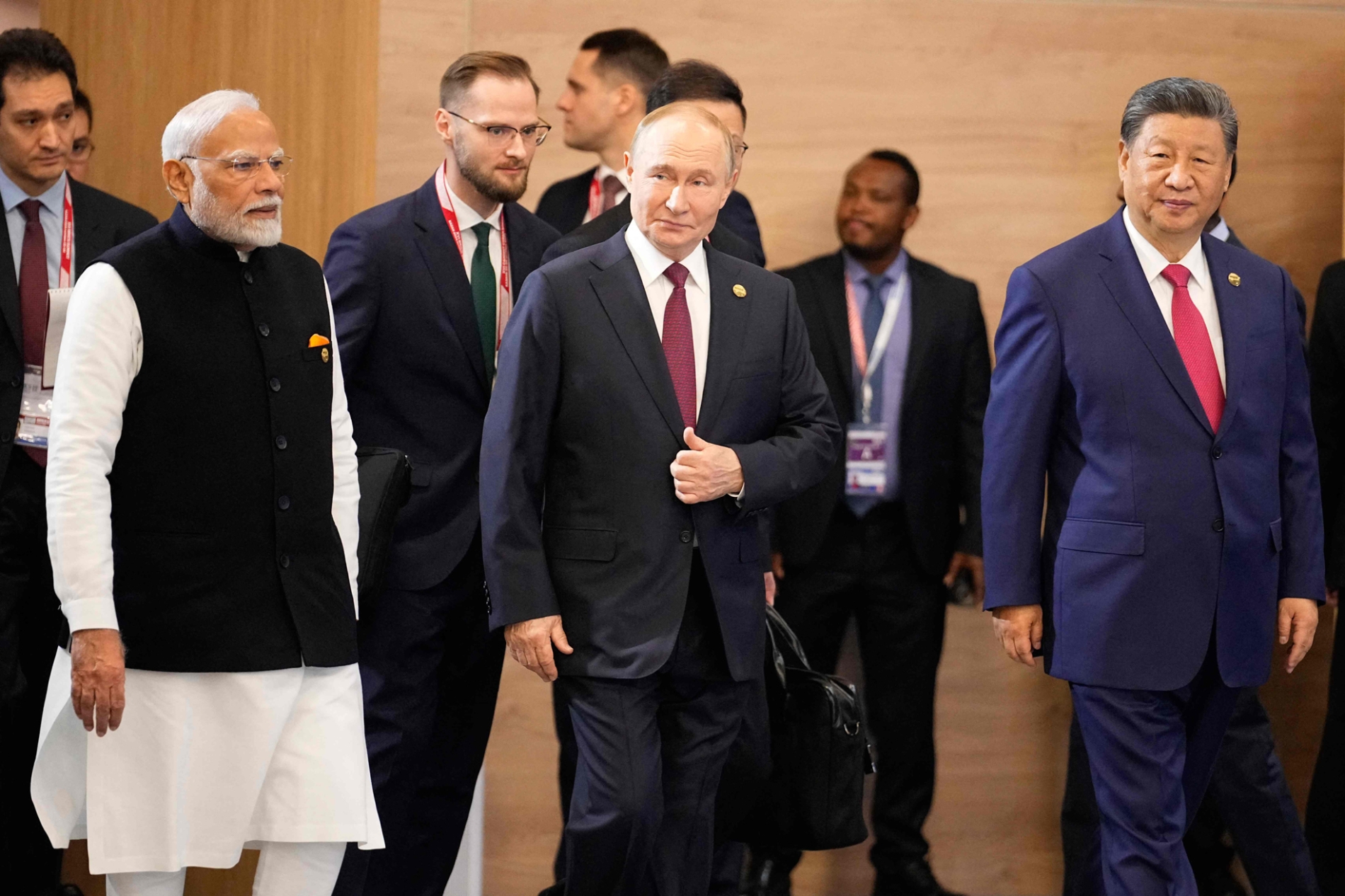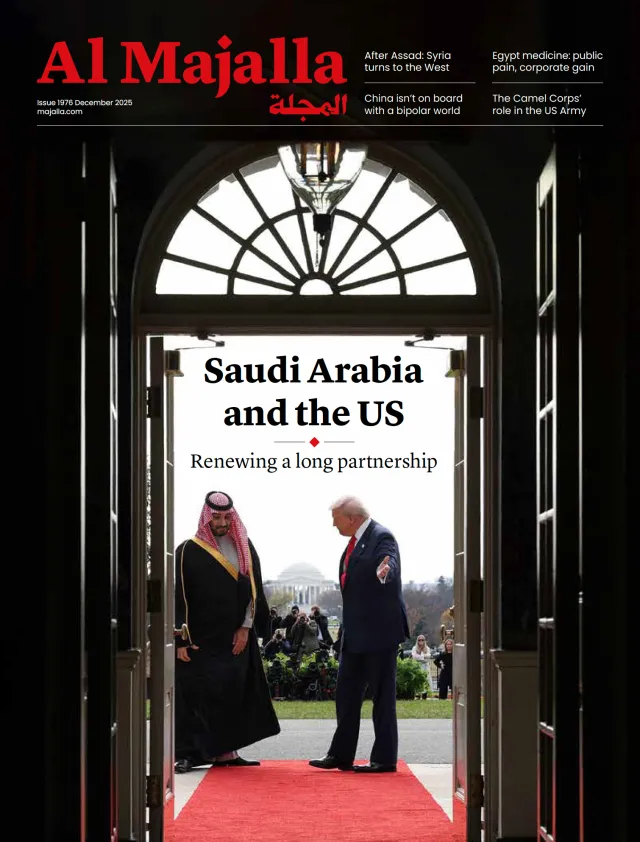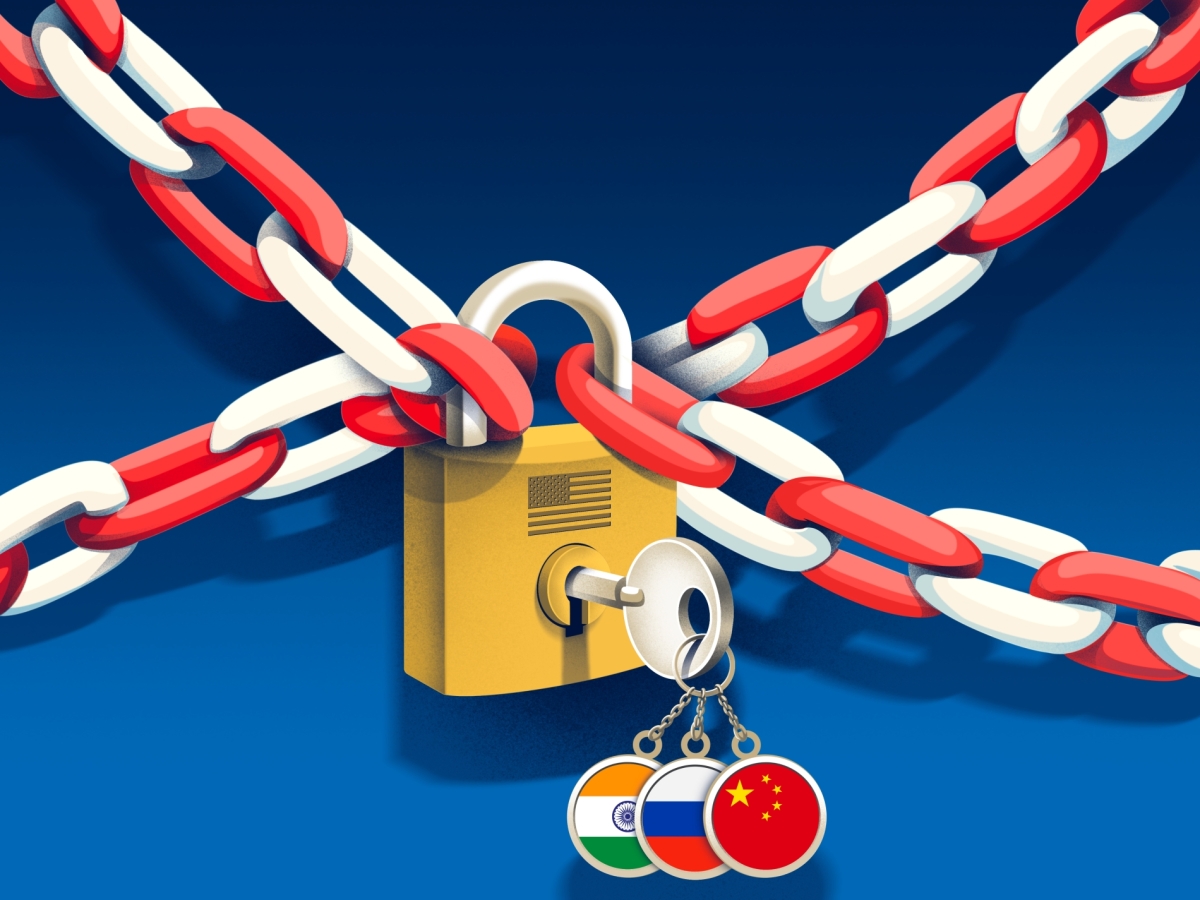US President Donald Trump’s aggressive tariff policies, intended to showcase American dominance, could backfire and instead catalyse a parallel global consensus of which the US is not a part. Discussions to this end could very well be held today (31 August) when Indian Prime Minister Narendra Modi visits China’s Tianjin for the Shanghai Cooperation Organisation (SCO) summit alongside Xi Jinping, Vladimir Putin, and a constellation of other heads of state.
The timing reveals the profound shifts reshaping the global order. Modi’s first visit to China in seven years coincides precisely with Washington’s threat to impose punitive 50% tariffs on Indian exports within days—a move designed to coerce New Delhi’s compliance on two fronts.
The Trump administration’s ultimatum targets India’s continued purchase of Russian oil and seeks to dismantle trade barriers protecting Indian agriculture. Modi’s response illuminates the constraints facing even the US’s once most willing partner: on energy security, India cannot yield due to national security imperatives; on agricultural protection, safeguarding farmers’ livelihoods represents an unwavering domestic political commitment.
Modi’s journey to Tianjin becomes not merely a bilateral engagement with China but a declaration that the world’s emerging superpowers will forge their own strategic partnerships rather than subordinate fundamental national interests to America’s delight—a signal that the era of unquestioned Western primacy in dictating global arrangements has reached its twilight.

Read more: Trump's tariffs test India's geopolitical autonomy
Policy backfire?
By threatening 100% tariffs on BRICS nations moving collectively towards de-dollarisation, and imposing severe tariffs on BRICS economies (China at over 55%; India and Brazil at 50%; 30% on South Africa; and an effective trade embargo on Russia), Washington has inadvertently provided these economies with both the motivation and justification to cement further a Global South economic orbit based on a new design of multilateral financial and trade architectures.
Despite prolonged diplomatic tensions and border disputes, the economic ties between China and India have proven remarkably resilient. Bilateral trade has surged 55% since 2020, reaching $127.7bn in 2025. The relationship also reveals a stark asymmetry. India imports nearly 10 times more Chinese goods than it exports to China.
More strikingly, China’s largest export category to India was nearly $10bn in integrated circuits. Its top three export categories were exclusively in the ICT and technology equipment sectors. While Washington seeks to decouple from China technologically, US tech giants remain indirectly reliant on Chinese components that flow through Indian markets, highlighting the impossibility of true economic separation in an integrated global system.
When Trump labels BRICS as “anti-American” and threatens its members with punitive tariffs, he transforms a formerly economically divergent and loosely committed coalition into a strategically cohesive bloc united by shared grievances against American unilateralism and instincts for collective survival in the face of US coercions.
Unlike the post-Second World War order dominated by institutions designed by the Atlantic nations, this emerging architecture reflects the geographic, demographic, and economic realities of the 21st century.

Four developments
Four transformative developments will reshape the alternative global order in the coming decades, all of which are accelerated by current US policies.
Technology cooperation: The most profound transformation involves the emergence of parallel technological ecosystems that fundamentally challenge Western dominance in the digital realm. Through initiatives like the Partnership for the New Industrial Revolution, major emerging economies are constructing alternative frameworks for AI governance, circular economy innovation, and industrial development that deliberately circumvent established Western institutions and standards.
Perhaps most strategically significant is China’s ascendance as the foundation layer of global AI infrastructure. Chinese open-source AI applications, spearheaded by DeepSeek and a constellation of domestic competitors, are becoming the underlying architecture upon which international AI development increasingly builds.
This represents a profound inversion of technological dependency: rather than relying on US platforms like OpenAI or Google, developing nations now access cutting-edge AI capabilities through Chinese-developed, open-source alternatives that operate beyond Western regulatory frameworks and geopolitical constraints.














